Eating Yamagata from summit to sea
The city of Tsuruoka might be one of the Tohoku region’s most underrated culinary destinations. Although it was recognized as Japan’s first UNESCO City of Creative Gastronomy in 2014 for its wealth of culinary traditions, as a travel destination for international visitors it still remains (more or less) under the radar. Nevertheless, we’d suggest putting Tsuruoka on your travel list when planning your next trip to Japan––and here are three culinary reasons why.
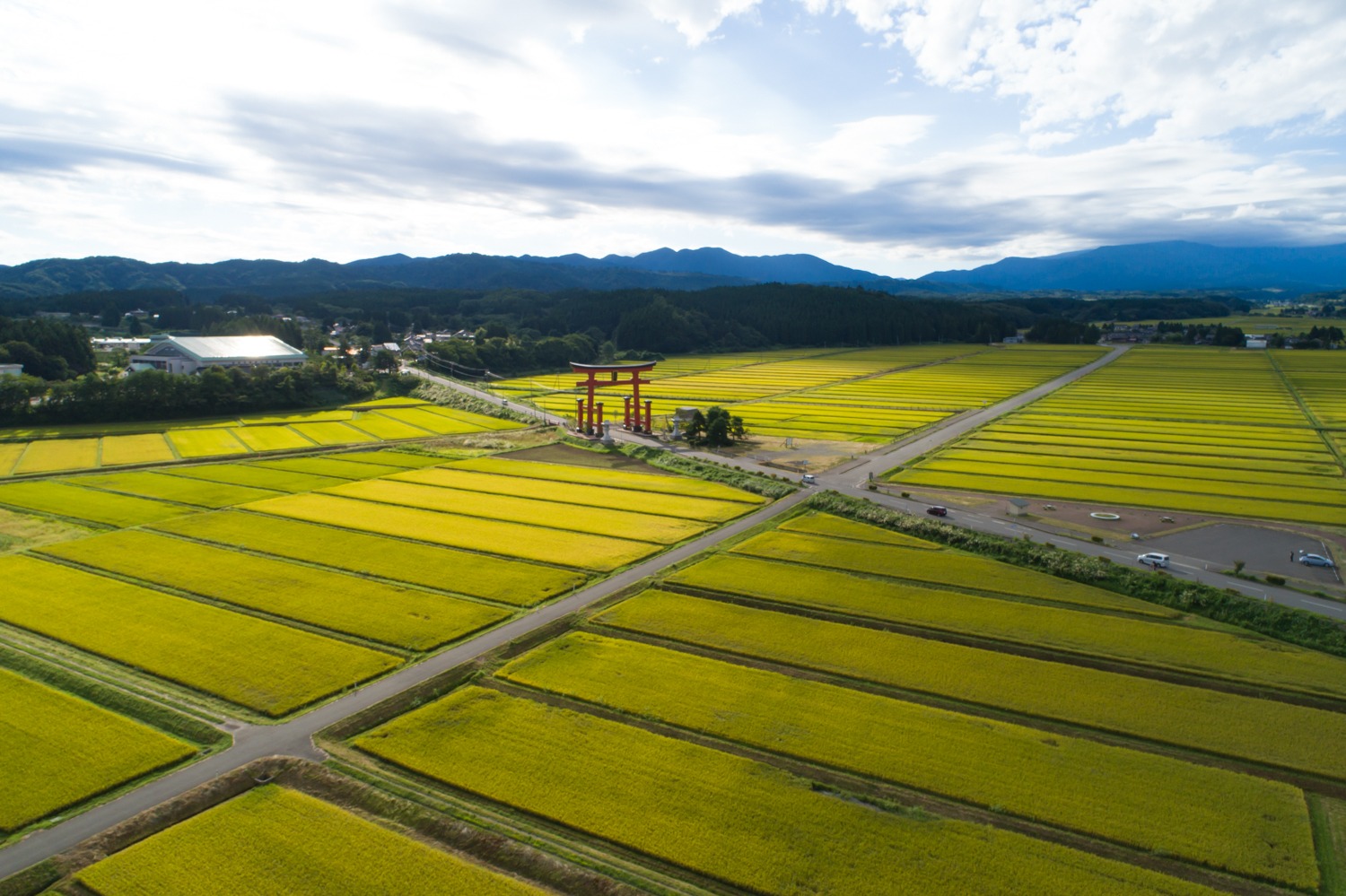
Saikan’s shojin ryori
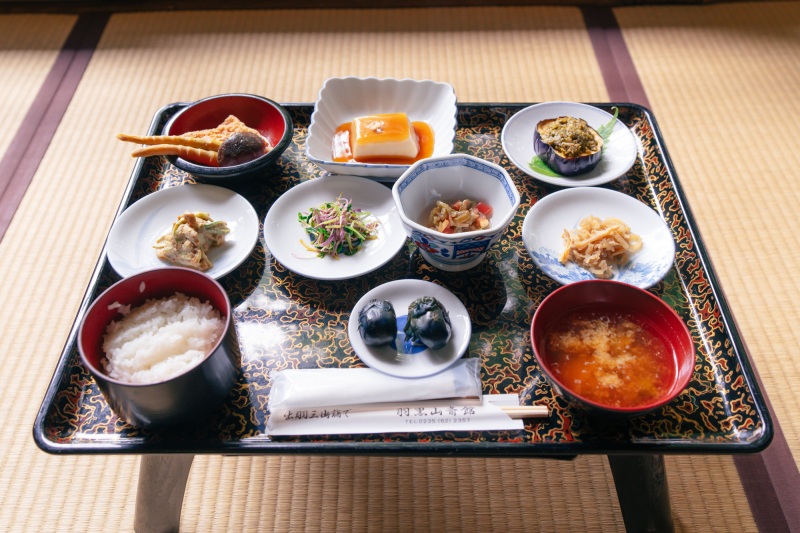
Climbing up the winding stone path to the top of Mt. Haguro should be on anyone’s bucket list, if only because what awaits you after the (brief) pilgrimage is that much more delicious––a shojin ryori meal at Saikan, a temple lodge that’s served yamabushi (mountain priests) for many years.
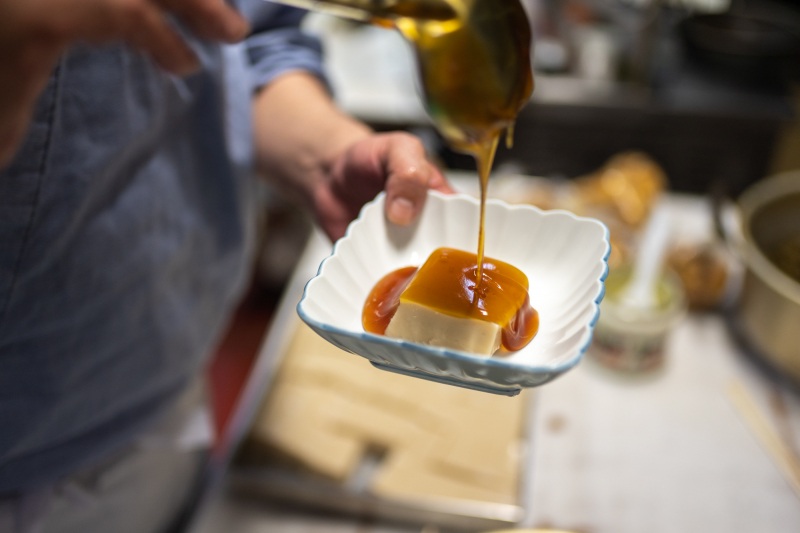
Shojin ryori is usually defined as Buddhist vegetarian cuisine. Many temples across Japan serve their own versions of shojin ryori, but a number of commonalities tie them together: they are highly seasonal; the meals are (typically) plant-based, in accordance with Buddhist prohibitions against killing; goma dofu (sesame tofu) is a fixture in most meals. Largely thanks to head chef Shinkichi Ito’s efforts in the last 25 years, Saikan’s shojin ryori has attracted many visitors on the strength of its cuisine alone.
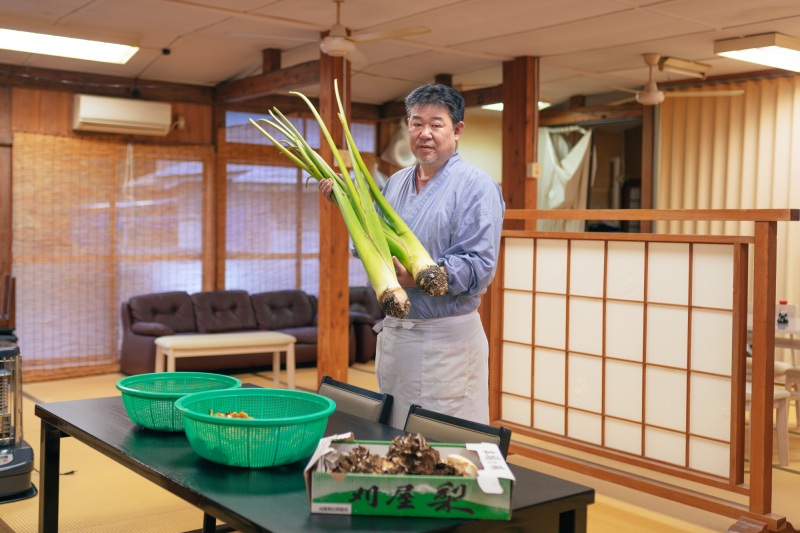
The meals at Saikan might look far less ‘refined’ and immaculate than, say, shojin ryori set meals at temples in Kyoto. However, the rich variety of locally foraged sansai (mountain vegetables) used at the inn truly sets their food apart from other similar restaurants; it wouldn’t be a stretch to say that the forests of Mt. Haguro quite literally dictate Saikan’s menu each day.
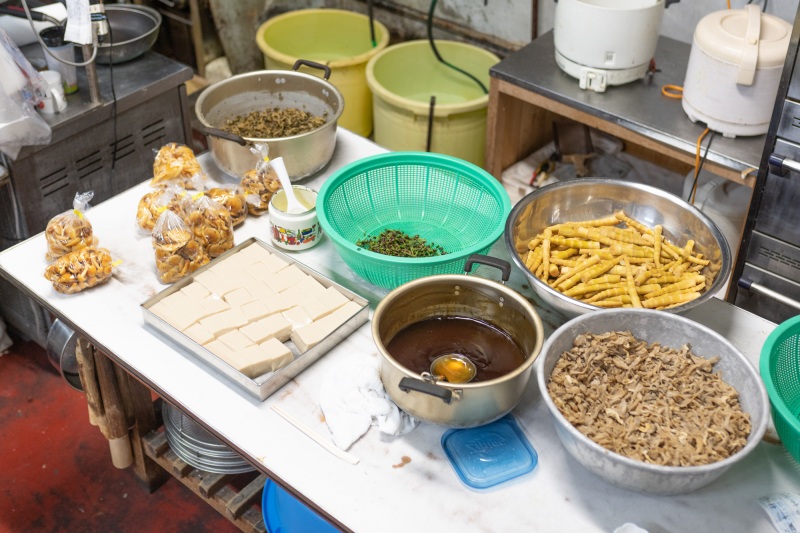
Depending on the season, you might see more common sansai like tara-no-me (angelica shoots) or bamboo shoots, but also purple-skinned akebi (chocolate vine, or akebia quinata), akamizu (elatostema umbellatum var. najus) leaves, stems, and buds, or freshly foraged bunakanoka (Mycoleptodonoides aitchisonii), a chicken-like mushroom with a delicious bite). These are harvested every morning; there are few better places you can visit for a taste of a mountain’s terroir in Yamagata. You might even consider booking some time with Chef Ito for a foraging session after breakfast!
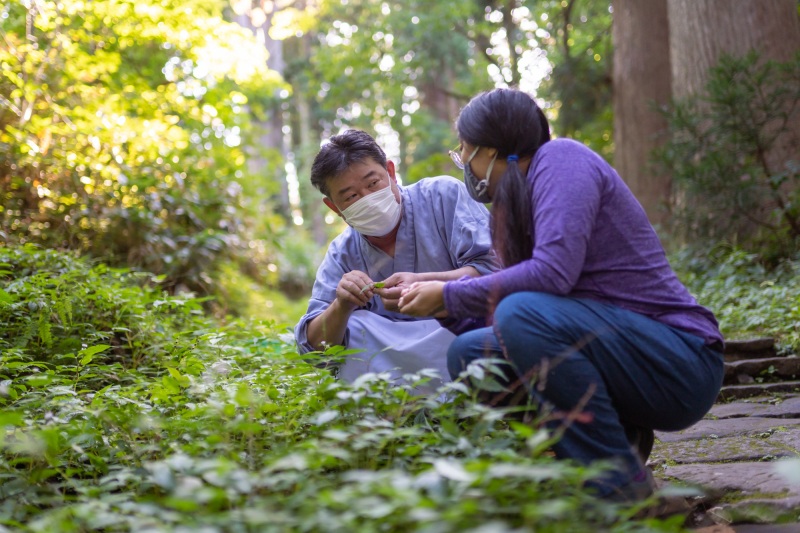
Over the years, Chef Ito has incorporated ingredients, approaches, and techniques picked up from other cuisines and cooking styles, while staying true to the spirit of yamabushi-style shojin ryori. This has helped him to cater to a wide range of people, adapting courses and dishes to suit different visitor demographics. It’s also likely, says Ito, that traditional culinary practices like shojin ryori were instrumental in helping Tsuruoka receive the UNESCO Creative City of Gastronomy designation.
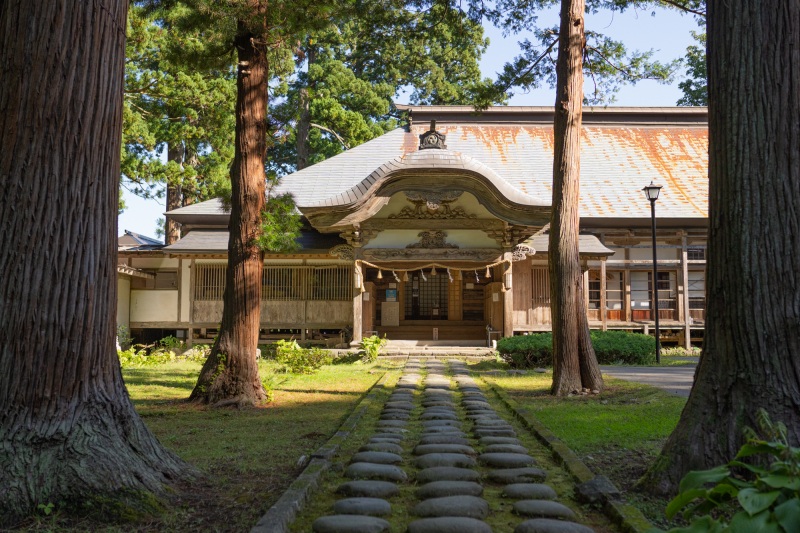
Whether or not you eat a vegetarian/vegan diet is irrelevant; if you’re visiting Yamagata, experiencing a stay at Saikan for their shojin ryori dinner and breakfast is unmissable.
Organic farm-to-table cuisine at Naa
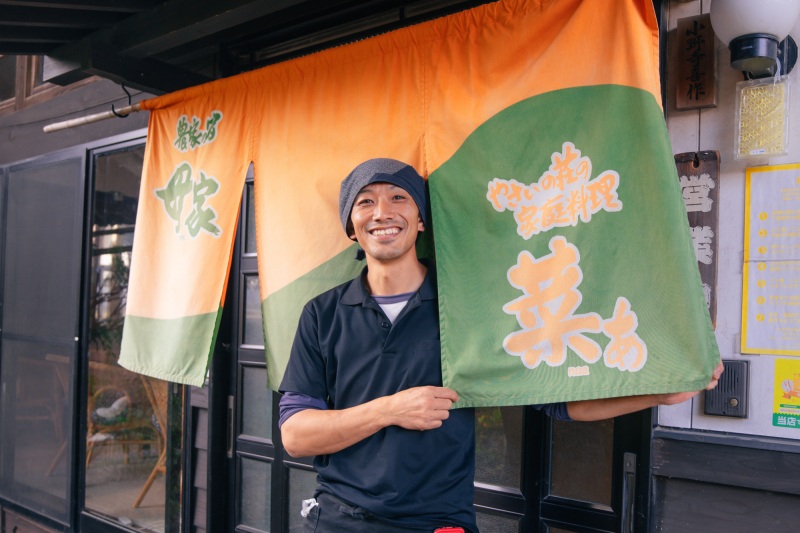
Headed by organic farmer Norimasa Onodera, Naa is something of a not-so-hidden gem with domestic and international visitors alike. This homestyle restaurant encapsulates much of the charms of Tsuruoka’s farm-to-table cuisine. There’s a real emphasis on eating fresh and local: not only do the Onoderas grow most of their own (delicious brown) rice and vegetables, anything they can’t grow like meat or fish they source locally from the surrounding Shonai region. In pre-COVID times, they served around 9,000 customers a year––no mean feat for a little restaurant surrounded by rice fields on the outskirts of the city!
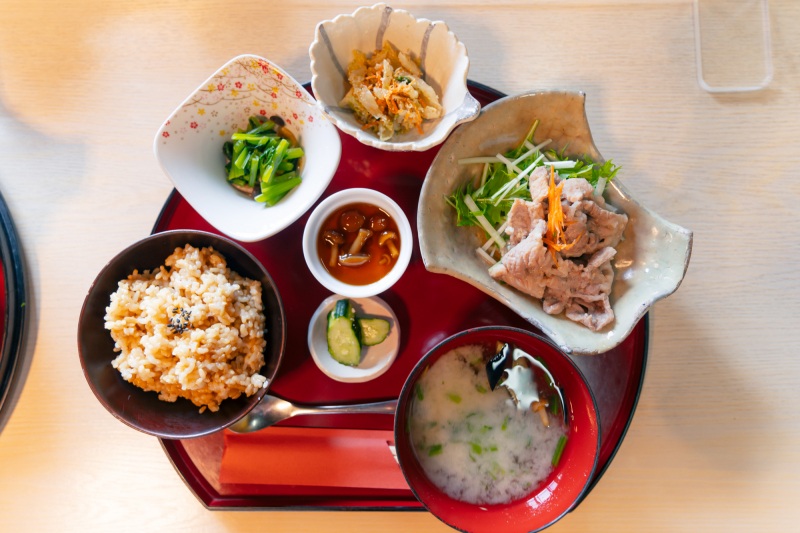
During our visit, lunch consisted of grilled shio koji-marinated pork or ginger and soy-simmered pork, and a medley of vegetable side dishes like home-pickled cucumbers and blanched mustard greens with mushrooms. It’s the sort of unfussy Japanese soul food you could eat every day; the view of the lush Japanese garden from the engawa is a lovely bonus. Vegan options are also available by special request, though this requires advance notice.
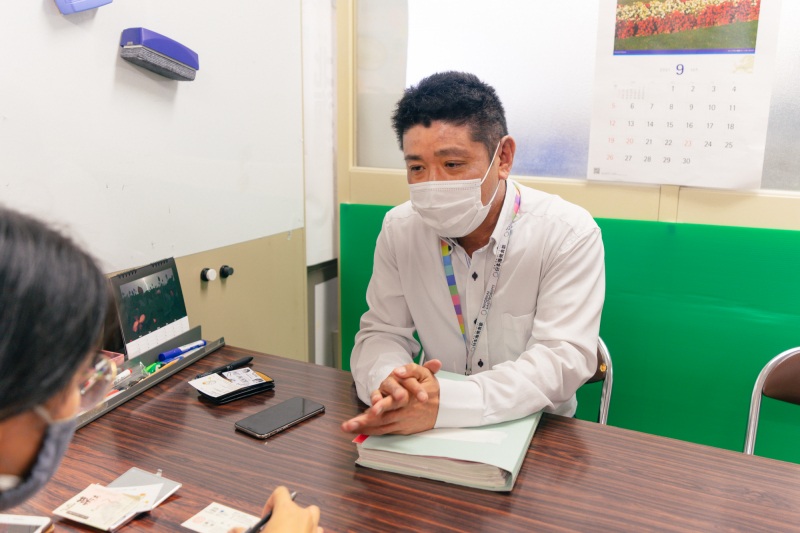
The young soybeans are also something to look forward to each year: the Onoderas grow a dozen varieties of edamame, including Yamagata’s famously rich-tasting dadachamame. Indeed, this ordinary izakaya appetizer tastes extraordinary with locally-grown edamame. To illustrate this, a local resident who works for Tsuruoka City Hall, Yasuyuki Suzuki, told us about his disappointment at ordering edamame in Tokyo, and realising just how delicious the food in his hometown was.
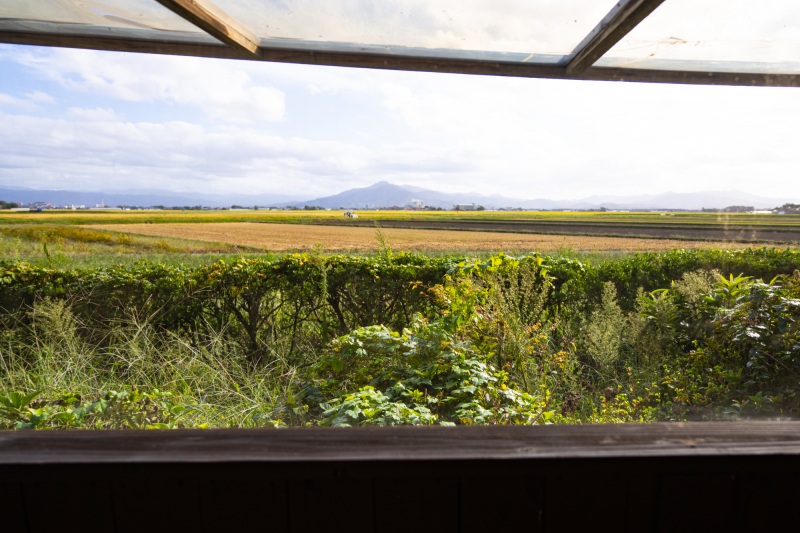
Next to the restaurant is Fuu, a bright, airy cafe with large windows overlooking the surrounding rice fields and mountains beyond. Naa is usually closed on Tuesdays, but many visitors will often have travelled from afar just to eat at his restaurant, so Onodera opened the cafe to provide such people with a place for lunch. While he oversees the sourcing of the ingredients, the cafe staff have creative control over the menu. Desserts are especially popular with customers; think colourful ice cream parfaits, or wobbly custard puddings and cake over mousse and whipped cream.
A taste of the ocean in Yura
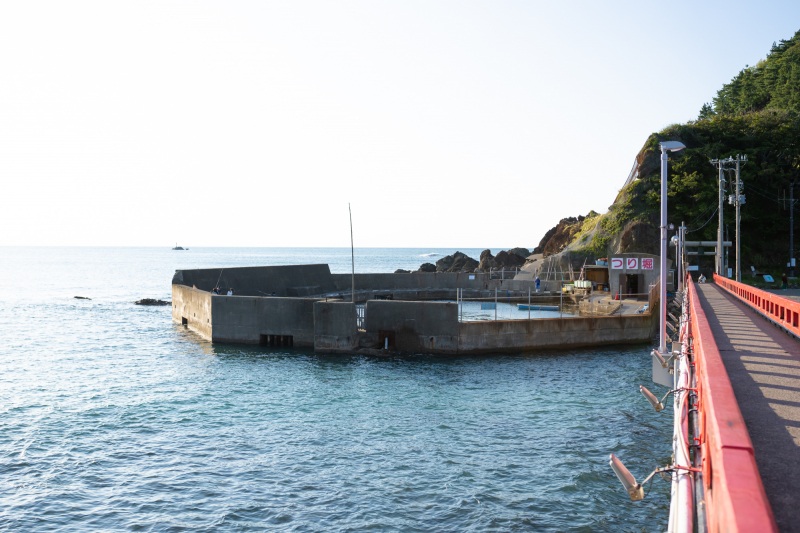
A visit to Tsuruoka isn’t complete without a taste of its seafood, and the charming seaside town of Yura is a great destination for experiencing local festivals and fishing traditions. There are few better places in Yamagata for fresh, delicious seafood year-round thanks to the abundance and diversity of fish in the Sea of Japan: think salmon, sea bream, blackthroat seaperch, croaker, oysters, and more.
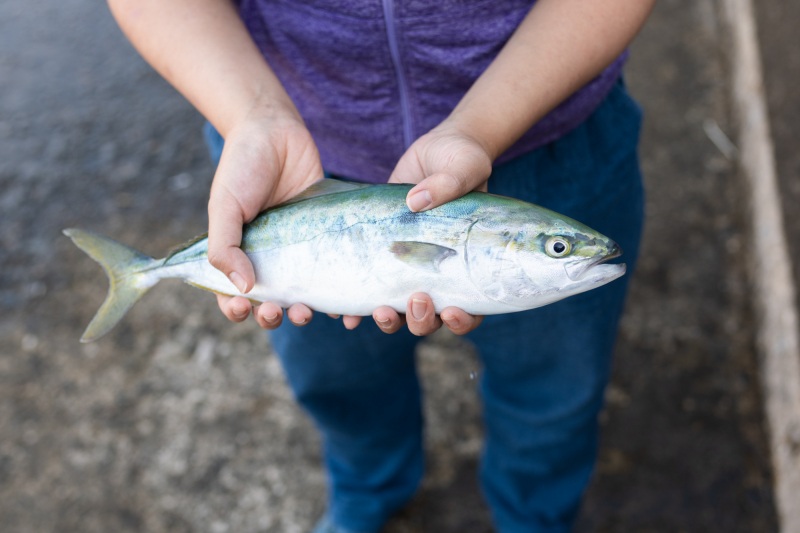
Visitors to Yura have a range of activities to choose from, such as pleasure boat tours around the cliffs of Yaotomeura in summertime, crab-fishing, and sea glass crafting workshops. There’s even the option to accompany a fishing boat for an hour to try your hand at trawling, prepare sun-dried squid, take cooking classes, and have a seafood barbecue. (Why not all of them? Make sure you book ahead.) If you’re visiting in spring, time your visit with the Grand Festival held by Hakusan Shrine, which has been held for over 500 years and counting––the large float with a giant sea bass is a sight to behold.
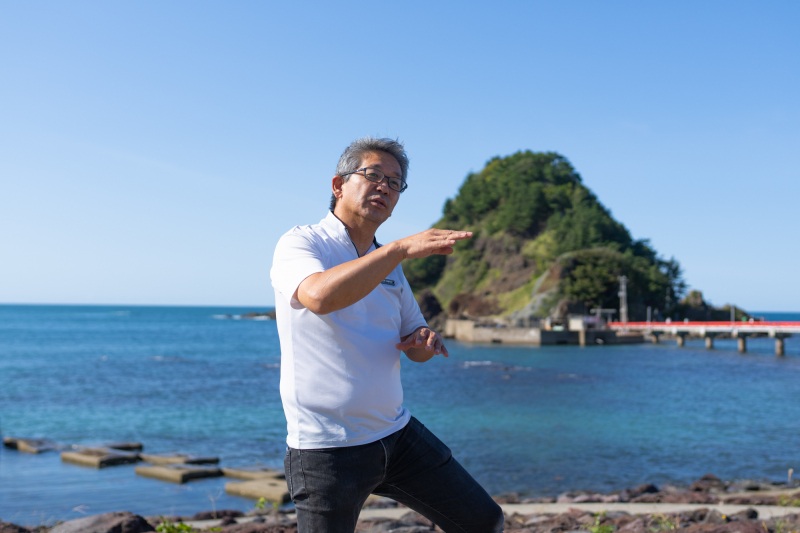
If you’re lucky, you might get to try banya-jiru in Yura. Literally translated as ‘soup of the guardian house,’ this dish is a classic Shonai region fisherman’s breakfast. Most often made with salmon, it takes its name from banya, the communal hut or lodge shared by fishermen at the port where they cook this breakfast. In between sorting out boatloads of freshly-caught fish for shipment, they’ll whip up this soup.
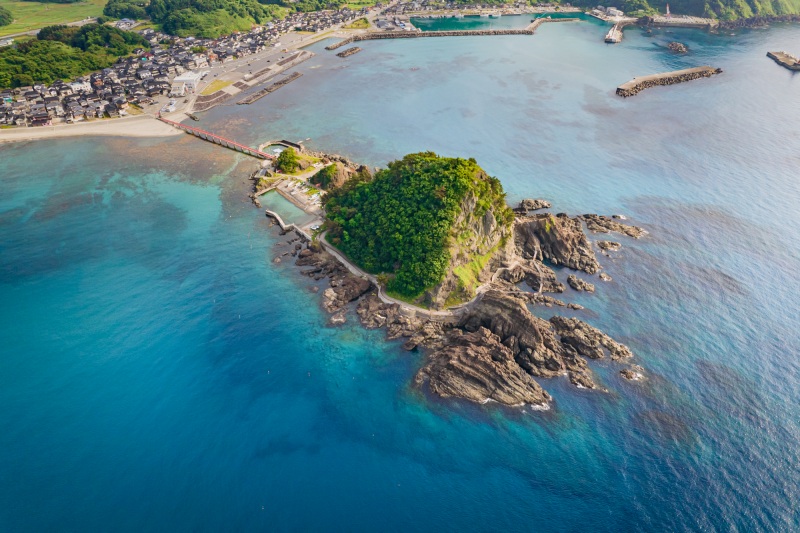
One of the most anticipated fish each year in Yura is kandara, or winter Pacific cod. Yura’s signature cod dish is dongara-jiru, a soup seasoned with miso sake, and eaten with dollops of iwanori (rock seaweed paste). The entire fish from head to tail goes into the soup, making this an exceptionally flavourful dish. No part of the fish is wasted: parts like cod milt, roe, and liver also make excellent dishes. The milt is wonderful as sashimi or tempura, while the liver is at once rich and delicate when seasoned and gently simmered. Winter in Yura might be harsh and snowy, but the kandara is something to look forward to all year.